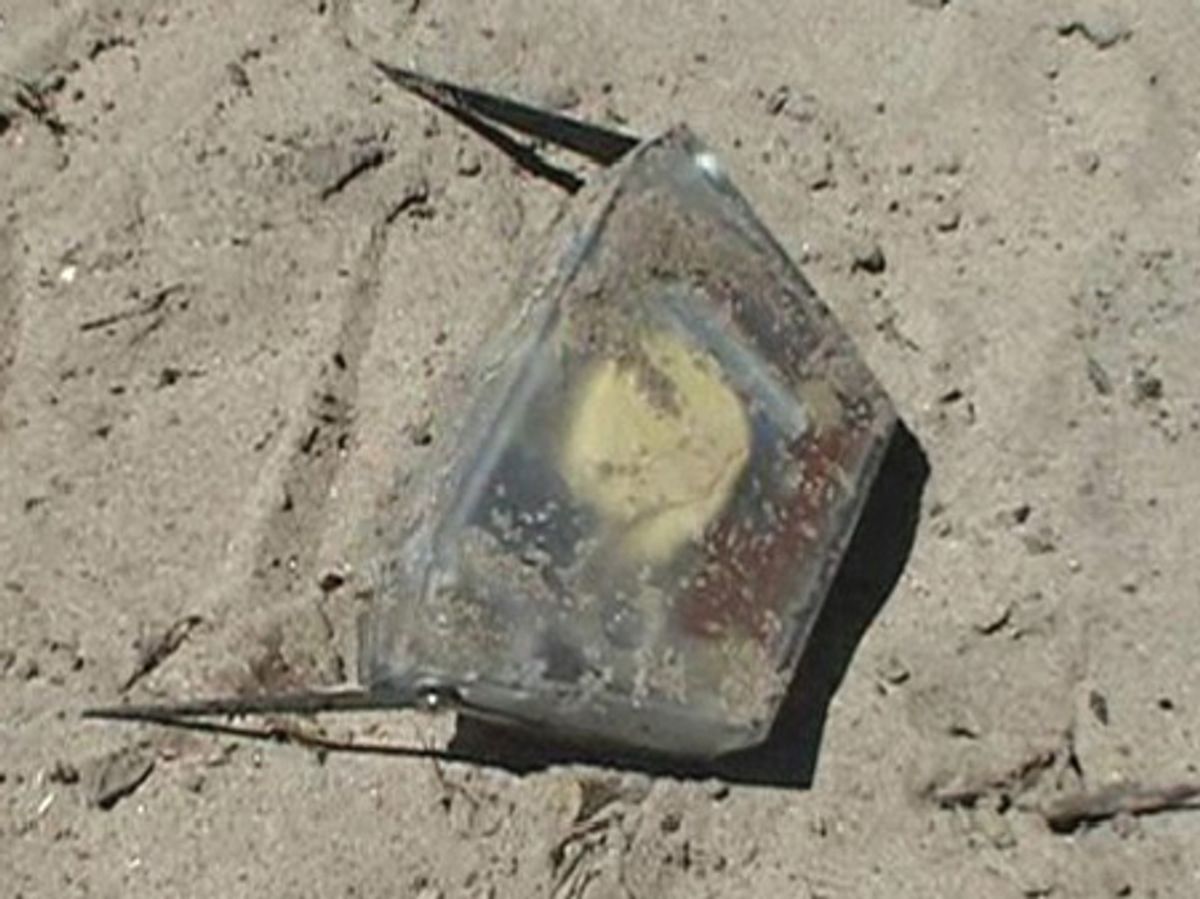As components get smaller, robots are getting smaller as well, but in general small robots have big problems with obstacles and rough terrain. We've seen a variety of examples of robots that have found ways around this problem (most notably robots that jump or fly), but this might be the most creative yet: it's a robot that tumbles.
By "tumble," I mean that this robot is designed to move by flipping itself end-over-end in a somersaulting motion. It's called Aquapod, and it was created by the University of Minnesota's Center for Distributed Robotics. Aquapod uses two carbon fiber arms connected to servo motors that can rotate continuously to, as the researchers put it, "induce a tumble."
The reason that it's called Aquapod, incidentally, is that it's also waterproof, with the ability to control its buoyancy, floating or sinking or even just chilling out somewhere in the water column. This enables it to operate quite happily on land as well as in water, where it can sink itself to the bottom of lakes and streams and tumble along the bottom.
Aquapod might not be the fastest robot ever, but it has no trouble tumbling over slippery surfaces, through sand, and towards skeptical ducks. The offset arms help to give it more degrees of freedom to escape from vegetation and other obstacles, trading a little bit of efficiency for increased robustness.
The general intent is for Aquapod to be used in water monitoring or aquatic sensor deployment, where bunches of them can team up to float down rivers, sinking and floating and deploying sensors and taking measurements as they go. It would even be possible to stick one underneath an iced-over lake to monitor fish populations during the winter, where the robot could move around by "inverse tumbling" on the underside of the ice while upside-down.
Next up will be to work in solar power along with autonomous control for long-duration research. Even without any of that stuff the robot is still a very promising platform, though, since it's estimated to cost only about $2,000 to build.
Aquapod was presented in an ICRA paper entitled "Aquapod: Prototype Design of an Amphibious Tumbling Robot," by Andrew Carlson and Nikos Papanikolopoulos from the Center for Distributed Robotics at the University of Minnesota.
Evan Ackerman is a senior editor at IEEE Spectrum. Since 2007, he has written over 6,000 articles on robotics and technology. He has a degree in Martian geology and is excellent at playing bagpipes.




